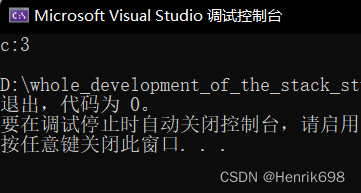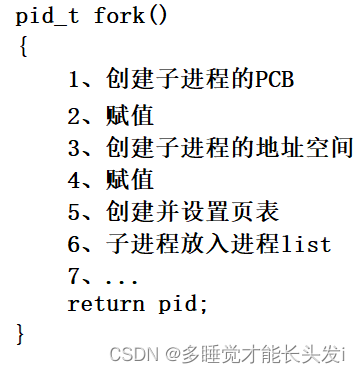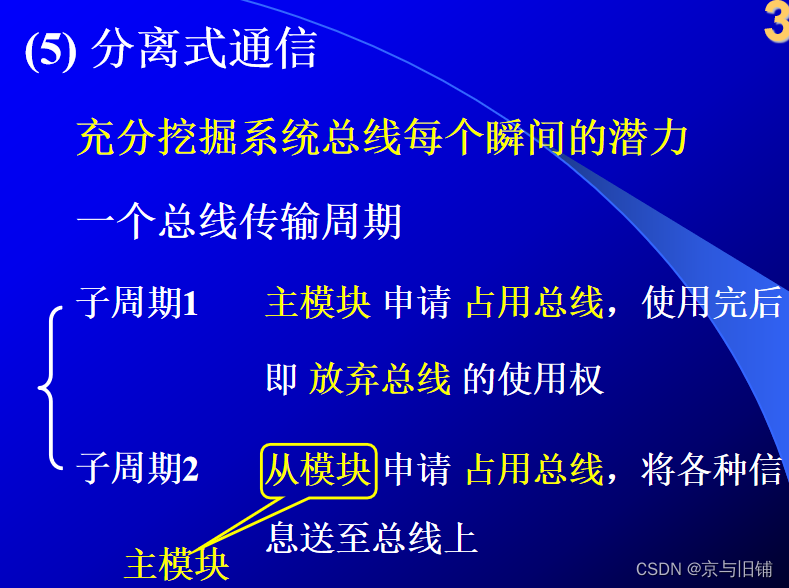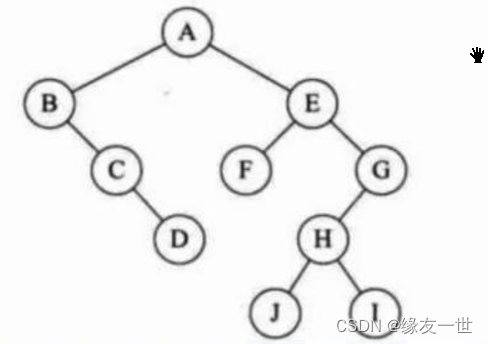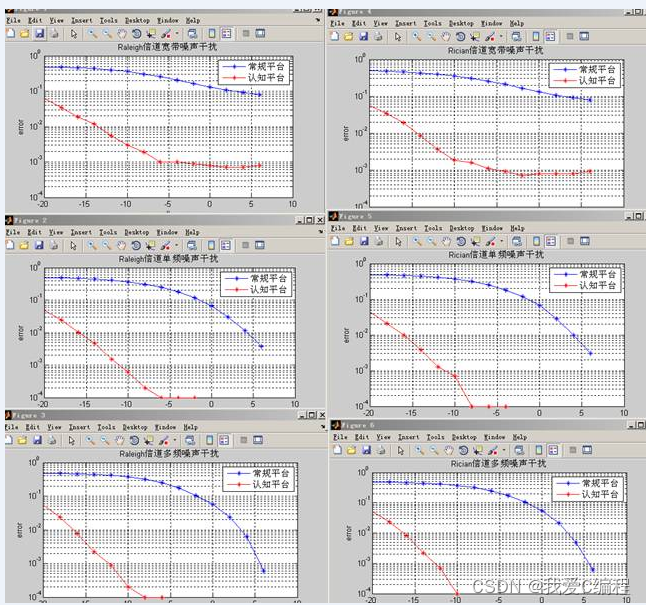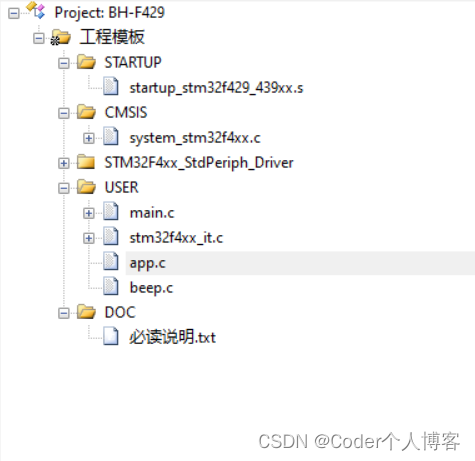C++入门基础05:表达式(表达式基础、算术运算符与赋值运算符、逻辑关系运算符、成员访问运算符与条件运算符、位运算符、移位运算符与类型转换)
一、表达式基础
#include <iostream>
//系统定义头文件一般是尖括号
#include<fstream>
#include<string>
using namespace std;
struct Demo {
int num1 = 5;
int num2 = 10;
};
//表达式基础
int main()
{
//表达式
//3+2 a+b 3*4+2
//运算符求值顺序以及优先级
//3*4+2 (3+5)*4+2 = == ++ -- .
Demo demo;
cout << demo.num1 + 5 + demo.num2 * 4 << endl;
// 取成员的优先级比 + 和 * 要高。
// 5+5+40 = 50
//不同类型对象参与运算的对象转换
float a = 10.8f;
int b = 5;
//先将int转为float,再参与计算
cout << a + b << endl;
//括号无视优先级
//不知道优先级可以用括号来解决
if ((a == b) || (a > 0)) {
cout << "if" << endl;
}
return 0;
}
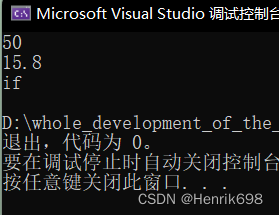
运算符优先级:
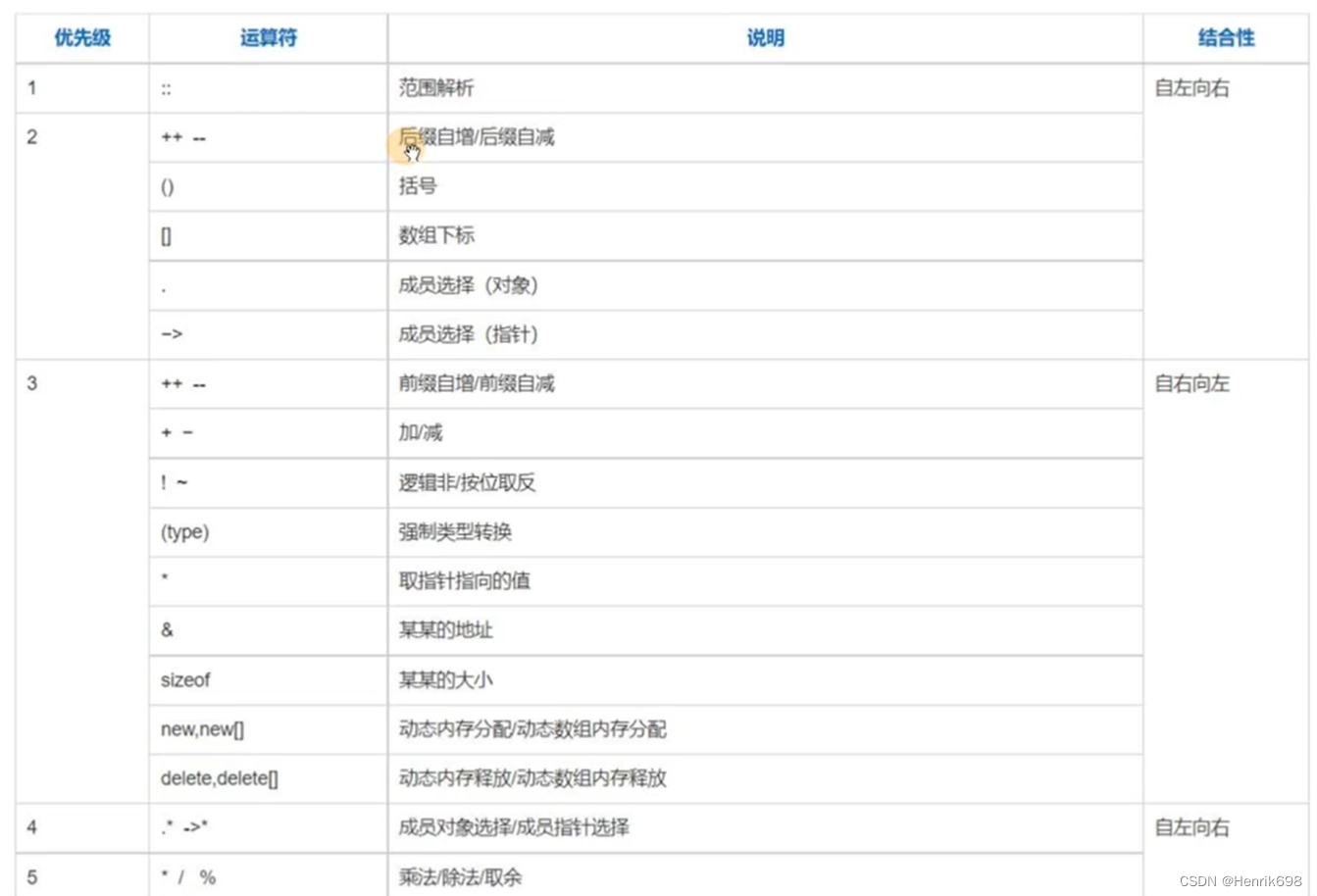
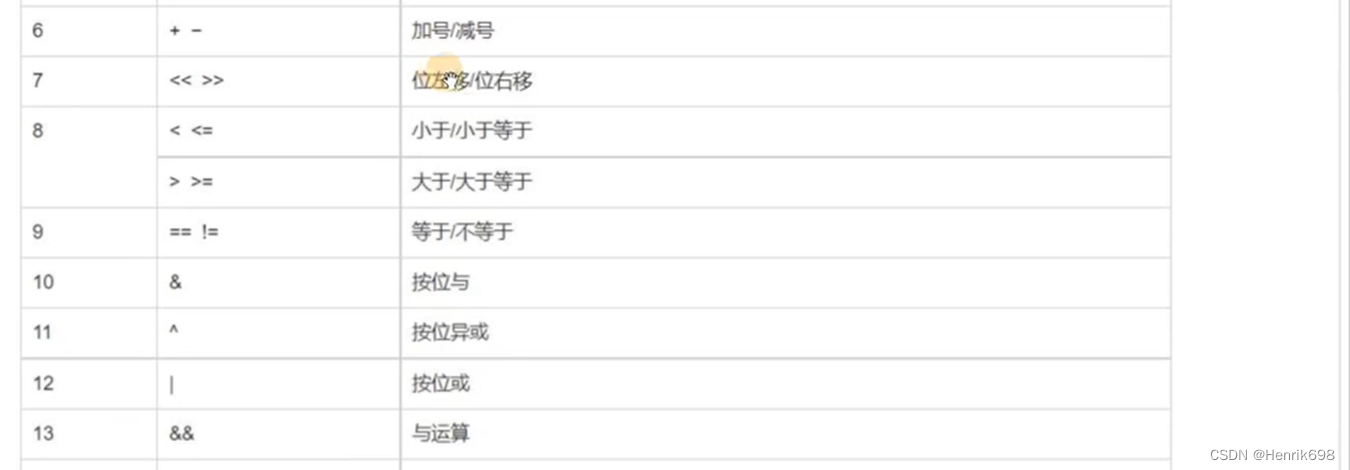
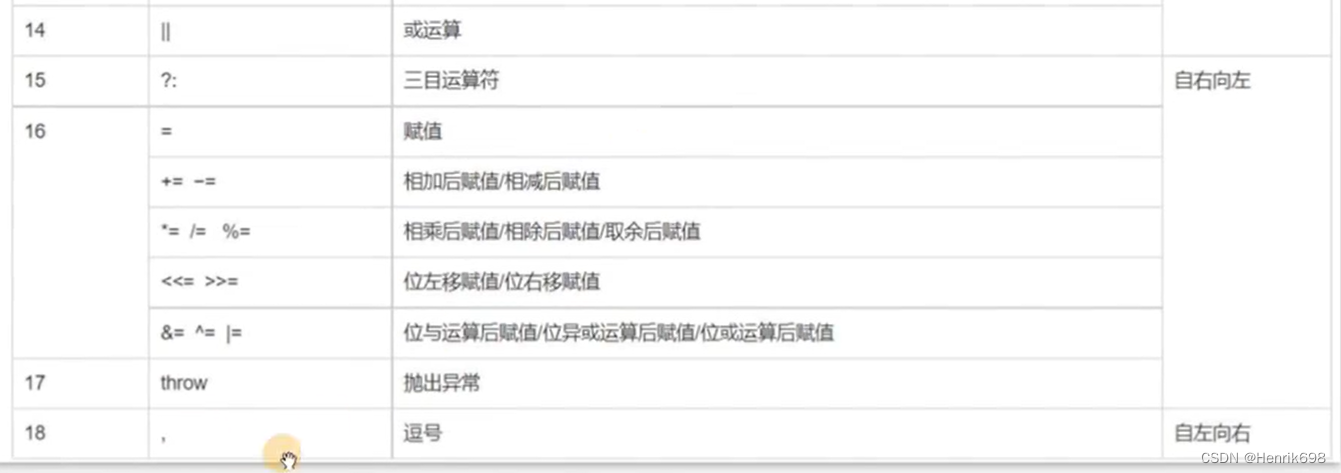
二、算术运算符与赋值运算符
#include <iostream>
//系统定义头文件一般是尖括号
#include<fstream>
#include<string>
using namespace std;
//表达式基础
int main()
{
//算术运算符
// + - * / % (求余/取模)
cout<< 3+5 << endl;
cout<< 10-2 << endl;
cout<< 6*8 << endl;
cout<< 9/3 << endl;
cout<< 10%3<< endl;
cout << "\n" << endl;
//赋值运算符
// = += -= *= /= %=
// 赋值 先加再赋值 先减再赋值 先乘再赋值 先除再赋值 求余再赋值(求余计算必须是整数)
int a;
a = 10;
cout << a << endl;
a += 5; // a = a + 5;
cout << a << endl;
//其他同理....
a %= 3;
cout << a << endl;
cout << "\n" << endl;
//自增/自减运算符
//++ --
a++; //a = a +1
cout << a << endl;
a--; //a = a -1
cout << a << endl;
cout << "\n" << endl;
int b = 6;
cout << b << endl;
cout << b++ << endl; //先将b赋给表达式后,再做自增运算。(输出的是表达式的结果)
cout << b << endl;
cout << ++b << endl; //先进行自增运算,再将结果赋给表达式。(输出的是表达式的结果)
cout << b << endl;
return 0;
}
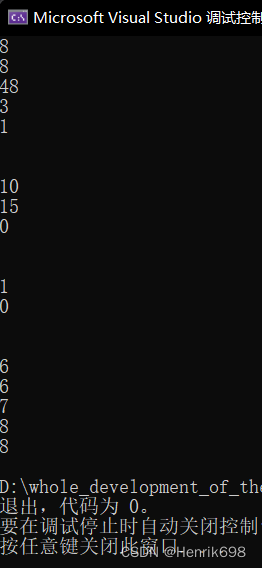
三、逻辑关系运算符
#include <iostream>
//系统定义头文件一般是尖括号
#include<fstream>
#include<string>
using namespace std;
//表达式基础
int main()
{
//逻辑运算符
//!逻辑非
//&& 逻辑与
//|| 逻辑或
int a = 9;
int b = -2;
if (a > 0 && b > 0)
cout << "(a > 0 && b > 0):"<< (a > 0 && b > 0) << endl;
if(a > 0 || b > 0)
cout << "(a > 0 || b > 0):" << (a > 0 || b > 0) << endl;
bool c = true;
if (!c)
cout << " c的值是假的,就是false" << endl;
cout << "\n" << endl;
//关系运算符
//>> = <<= == !=
cout << "a>b:" << (a > b) << endl;
cout << "a>=b:" << (a >= b) << endl;
cout << "a<b:" << (a < b) << endl;
cout << "a<=b:" << (a <= b) << endl;
cout << "a!=b:" << (a != b) << endl;
cout << "a==b:" << (a == b) << endl;
// == 与=
if (a == 0)
cout << "a等于1" << endl;
return 0;
}
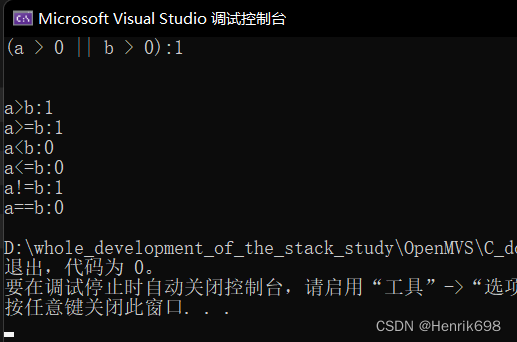
四、成员访问运算符与条件运算符
#include <iostream>
//系统定义头文件一般是尖括号
#include<fstream>
#include<string>
using namespace std;
struct Student {
string name = "zhangsan";
int age = 12;
};
//表达式基础
int main()
{
//成员访问运算符
//. ->
Student* stu = new Student();
//通过指针访问成员。
cout << stu->name << "," << stu->age << endl;
//这里可以解引用,通过点的方式访问。
cout << (*stu).name << "," << (*stu).age << endl;
//条件运算符
//?:
//(条件表达式) ? (满足条件执行第一条) : (不满足执行第二条)
int a = 10;
int b = 5;
int c;
a > b ? (c = a) : (c = b);//求较大值
a < b ? (c = a) : (c = b);//求较小值
cout << "c:" << c << endl;
//单目运算符: ++ --
//双目运算符: + - * / %
//三目运算符: 条件运算符
return 0;
}
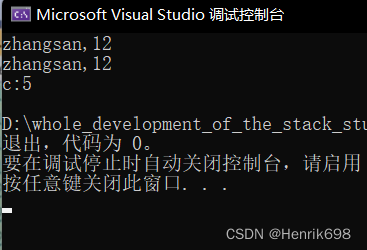
五、位运算符、移位运算符与类型转换
1、位运算符
为运算符:&(按位与); |(按位或); ^(按位异或);~(非/按位取反)。
&(按位与):只要有0,就是0。
|(按位或):只要有1,就是1。
^(按位异或):相同为0,相异为1。
~(非/按位取反):0取反为1,1取反为0。
13的二进制是=>1101
数字在计算机中存储是按照二进制进行存储的,一个数按照8位进行存储的话,最高位是一个符号位,表示正数还是负数,那么对于13这个数,是一个整数,那么二进制存储就是00001101,数字在计算机中是以补码的形式进行存储的,对于正数来说,原码和补码是一样的,但是对于负数来说,原码等于补码取反再加1(比如11110010,该二进制数的原码是这个11110010先减1再取反,11110010减1为11110001,再取反(最高位不取反)10001110,原码结果为10001110,为-14)。
原码:00001101 =>13
补码:00001101
00001101 取反=> 11110010 负数补码求原码=> 补码减1再取反=> 10001110=> -14
补码:11110010
原码:10001110 => -14
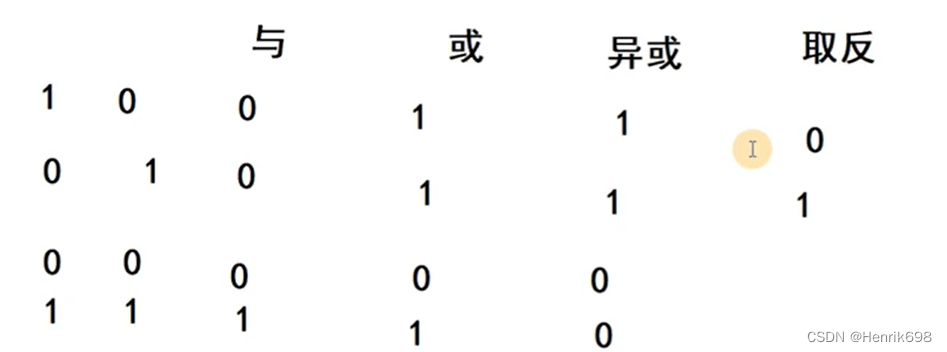
#include <iostream>
//系统定义头文件一般是尖括号
#include<fstream>
#include<string>
using namespace std;
//位运算符与类型转换
int main()
{
//位运算符(针对整数)
//为运算符:&(按位与) |(按位或) ^(按位异或)~(非/按位取反); 关系运算符(对应的是表达式):&& || !
//整数的二进制表示
//二进制:十进制=>2:10;3:11;4:100...
int a = 13; //13 = 8+4+1=> 1101
int b = 6; // 6 =4+2 =>0110
cout << "按位与:" << (a & b) << endl;
cout << "按位或:" << (a | b) << endl;
cout << "按位异或:" << (a ^ b) << endl;
cout << "按位取反:" << ~a << endl;
return 0;
}
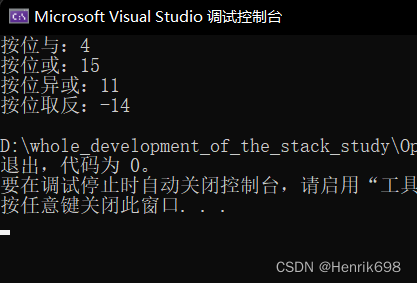
2、移位运算符
移位运算很多时候在编程中是很有用的一个操作。
13 = 8+4+1=> 1101 左移2位,就是110100 = 52。
左移就是乘以2,左移几位就是乘以几次2。13 *2 *2 = 52。
6 =4+2 =>0110 右移2位,就是01 = 1。
右移就是除以2,右移几位就是除以几次2。6 /2 /2 = 1。

#include <iostream>
//系统定义头文件一般是尖括号
#include<fstream>
#include<string>
using namespace std;
//位运算符与类型转换
int main()
{
//位运算符(针对整数)
//为运算符:&(按位与) |(按位或) ^(按位异或)~(非/按位取反); 关系运算符(对应的是表达式):&& || !
//整数的二进制表示
//二进制:十进制=>2:10;3:11;4:100...
int a = 13; //13 = 8+4+1=> 1101
int b = 6; // 6 =4+2 =>0110
//移位运算符
//<<(左移)>>(右移)
cout << "a左移2位:"<< (a << 2) << endl;
cout << "b右移2位:" << (b >> 2) << endl;
return 0;
}
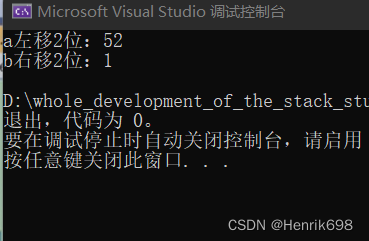
3、类型转换(显式转换与隐式转换)
显式转换 与 隐式转换
#include <iostream>
//系统定义头文件一般是尖括号
#include<fstream>
#include<string>
using namespace std;
int main()
{
//类型转换
//显式转换 与 隐式转换
//隐式转换:(可能损失精度)
//short->int
//bool:0 1 (非0的数转为1)
int c = 3.14;
cout << "c:" << c << endl;
//显式转换:
//转换运算函数
//static_cast const_cast
return 0;
}
